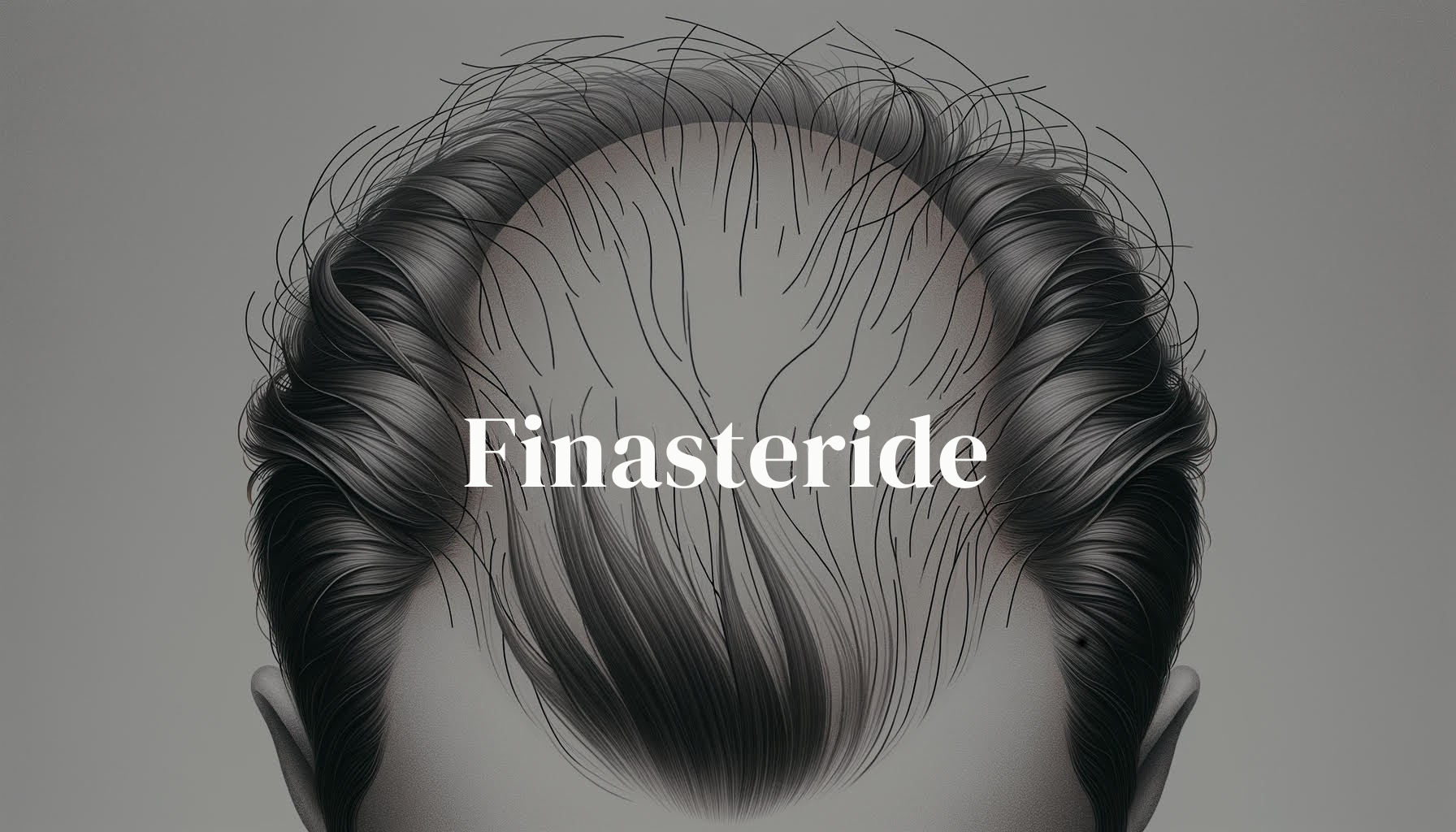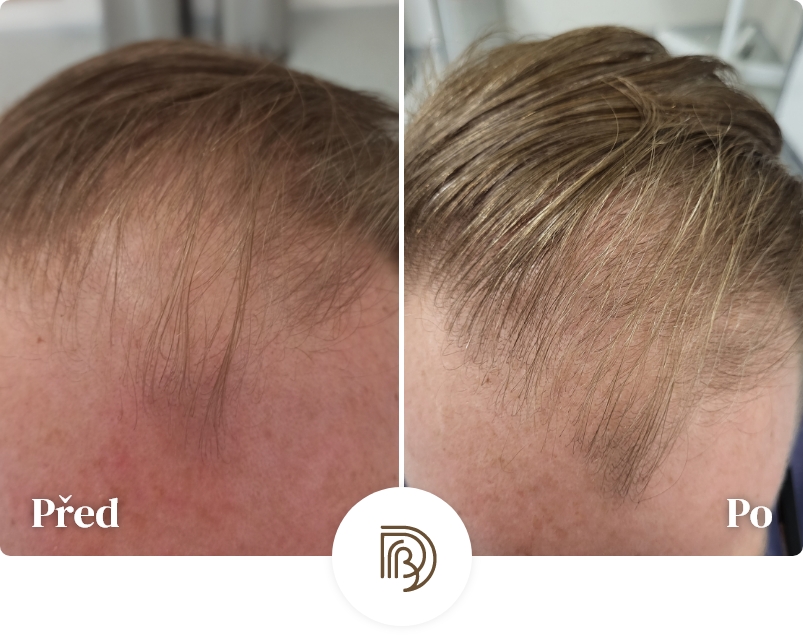
Article content
- Finasteride
- Article content
- Facts
- The use of Finasteride for the treatment of hair loss
- What happens when you discontinue Finasteride
- Side effects of Finasteride – truths and myths
- Contraindications to Finasteride
- What do I tell my patients about the side effects of Finasteride?
- Finasteride is most commonly used in combination with other medications
- Make an appointment
- Similar posts
Finasteride (also known as Propecia) is a drug that has been approved to treat male androgenic alopecia, or male pattern hair loss, since the 1990s. In women, Finasteride treatment is not officially approved, however, it is used off label under certain conditions. How does this medication work, what side effects can it have, and what are its contraindications? What is my patients’ experience with Finasteride?
Who can I prescribe this medication to, and who should I not prescribe it to?
Facts
- Finasteride is one of two FDA-approved dmedications for male hair loss, the other being Minoxidil
- This drug is effective in about 90% of men
- Finasteride can also be used under certain conditions in women with androgenic alopecia
- The drug Finasteride is prescription only
The use of Finasteride for the treatment of hair loss
Finasteride is a type II 5-alpha-reductase inhibitor. DHT is the primary hormone that causes thinning and hair loss. Thus, Finasteride reduces the level of DHT in the hair follicles, which can lead to slowing or completely stopping the hair loss process. Finasteride works in a similar way Dutasteride which blocks both type I and type II 5-alpha-reductase. It should be mentioned here that no medication reduces the occurrence of DHT to zero. In some men, it may even promote hair growth.
What happens when you discontinue Finasteride
Finasteride only works on hair for the time it is taken (just like minoxidil). Thus, any results achieved by using it are not permanent. If Finasteride is discontinued, a return to the original state will occur within 6-9 months. The hair will be as sparse as it was before treatment, because androgenetic alopecia is a genetic disease. We can’t change our genes, but with the right treatment we can influence the manifestations.
Side effects of Finasteride – truths and myths
The side effects of Finasteride could be an interesting chapter in itself. At the same time, they are also the reason why some men refuse this drug.
Sexual dysfunction is one of the most commonly reported side effects of Finasteride. A number of studies have been conducted in which approximately 1-4% of male patients have experienced a decrease in libido and the occurrence of erection and ejaculation problems. Of interest is a study published in 2007 that examined 2 groups of patients. One group was told of possible side effects, the other was not. Perhaps not surprisingly, the incidence of sexual dysfunction was higher in the group that knew about these potential effects. Another study, published in 2002, found that 2% of men had erectile dysfunction. However, after five years of Finasteride use, this figure dropped to 0.3%, the same as the control group that took a placebo instead of Finasteride.
Contraindications to Finasteride
Finasterif for women can be prescribed, but it has its limitations. Finasteride is contraindicated in women who are or may be pregnant as it can cause developmental defects in male fetuses. More in article on hair loss in pregnancy and after childbirth. This medication is not approved for the treatment of hair loss in women, however it may be deployed in exceptional circumstances. Finasteride cannot be used to treat children and adolescents. Patients taking Finasteride are also not allowed to donate blood.
What do I tell my patients about the side effects of Finasteride?
Of course, side effects can occur, but this can never be ruled out. On the other hand, they occur very rarely indeed. And most importantly – after discontinuation of Finasteride treatment, the side effects subside. Recently, however, there have been mentions of the so-called “Post Finasteride Syndrome”. I haven’t personally encountered it and its the true incidence is still a matter of debate and controversy in the medical community. My patients’ experiences with Finasteride have been mostly positive.
Finasteride is most commonly used in combination with other medications
Finasteride treatment primarily addresses the problem of hair loss. However, in some patients, it may also promote hair growth. For better results and faster hair regeneration, Finasteride is usually combined with minoxidil or hair plasmatherapy, mesotherapy or microneedling.
Finasteride for hair is available by prescription only. I also meet patients who got finasteride without a prescription. I definitely do not recommend this route. You should always be treated by a physician, a specialist in hair disorders.
And finally, to answer your most common question you write to me.
Yes, I prescribe Finasteride. You must come to my office for an initial exam, it is not possible to prescribe it without examining you. And it is not possible to prescribe it over the phone, online or by email, you really need to come in person.





